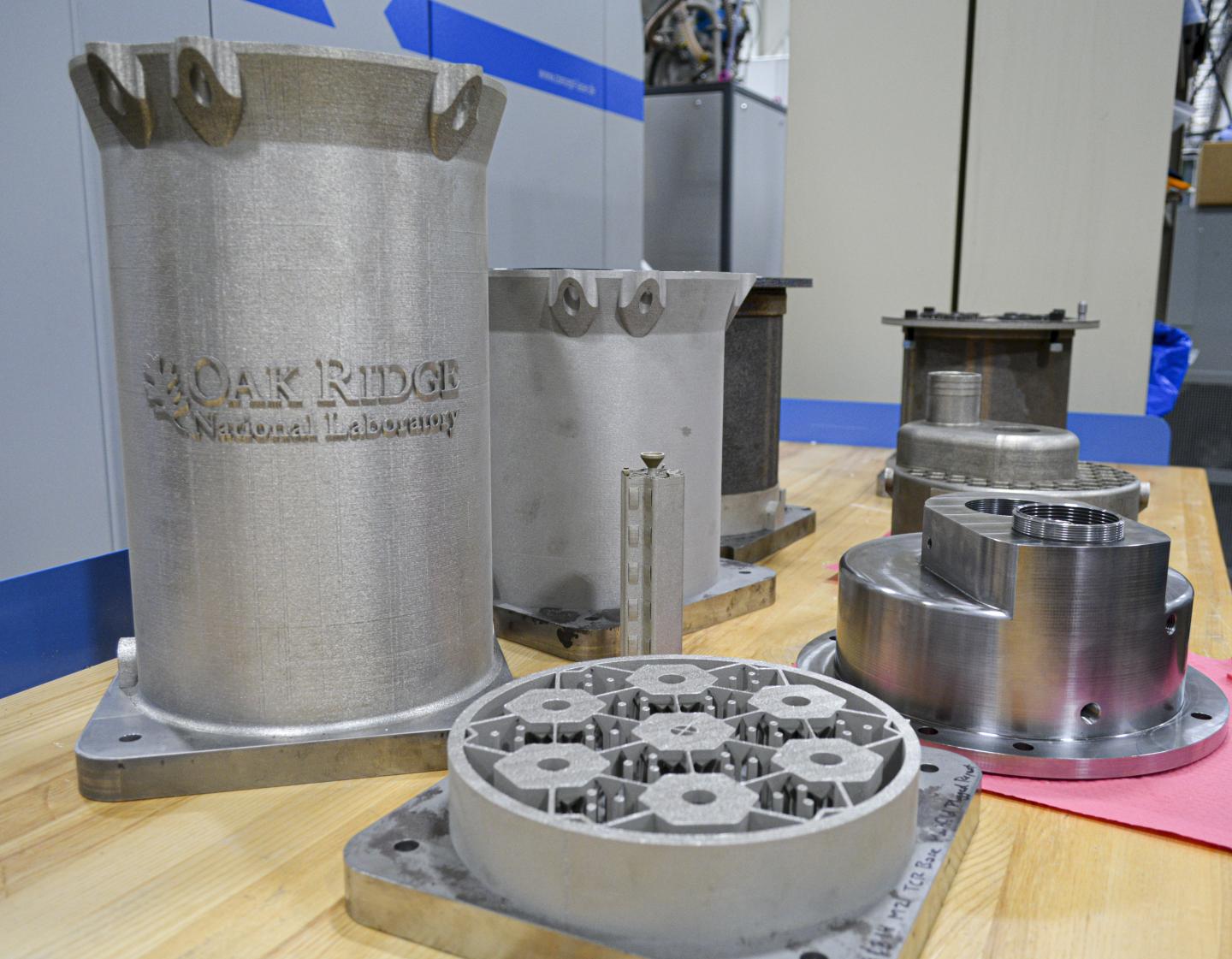China3D printingNet September 8th, Purdue University has received a $800,000 grant from the U.S. Department of Energy (DoE) to accelerate3D printingDevelopment of nuclear reactor cores.
This grant will enable Purdue engineers to become major contributors to the “Transformation Challenge Reactor (TCR) Demonstration Program” led by Oak Ridge National Laboratory.The project aims to use the Directed Energy Deposition (DED) technology to complete and launch the world’s first3D printingMicro reactor. Purdue University will be particularly committed to the development of new artificial intelligence models to ensure the nuclear quality of the key components of the microreactor.
Hany Abdel-Khalik, the technical leader of the project and an associate professor of nuclear engineering at Purdue University, explained: “Purdue University will fill the technological gap in the nuclear industry, reflecting the strategic support for the application of AI The broad trend of additive manufacturing. AM enables design adjustments in the manufacturing process, thereby greatly reducing production costs and time. Our work aims to ensure the widespread adoption of additive manufacturing reactor components through the use of AI-supported software systems. Ensure safety and reliability.”

3D printing
Thermal imaging of components” alt=” deposits stainless steel directly onto the nuclear reactor
3D printing
Thermal imaging of components” width=”401″ height=”251″ />
Deposition of stainless steel directly into the nuclear reactor3D printingThermal imaging of components. Video via ORNL/US Department of Energy.
U.S. nuclear reactors
Microreactor is a new type of nuclear reactor, which is characterized by flexibility and versatility. Large-scale reactor systems usually do not have these characteristics. For now, 20% of the electricity supply in the United States comes from nuclear power, but all the reactors that provide it are based on 70-year-old light water technology. Once put into operation, the TCR microreactor will become the first advanced reactor to operate in the country in more than 40 years.
Abdel-Khalik added: “Microreactors have brought a transformative trend to the nuclear industry-this trend enables a more streamlined construction and deployment process to solve national energy challenges that cannot be overcome by large nuclear reactors alone.”
3D printing, The combination of artificial intelligence and nuclear science
One of the core goals of the project is to encourage use in the nuclear industry3D printing, Calculation model and AI. Oak Ridge hopes that this work will also greatly reduce manufacturing costs and lead times, while improving safety and increasing accessibility.
Purdue University claims to have deep expertise in nuclear engineering, materials, data analysis, and simulation, making the engineering department very suitable for the project. Lead researcher Zhang Xinghang said that the university’s AI model will use reinforcement learning (reinforcement learning), which is one of the three basic machine learning paradigms. Using this model, researchers will be able to fine-tune and optimize certain AM process parameters, such as printing speed and melting temperature, in an automated manner.
Kurt Terrani, Director of the Oak Ridge TCR Program, concluded: “The simultaneous application of AM and AI technology is essential to provide the richest data and the most cost-effective nuclear component identification process. This is one of the main goals of the TCR program: to use modern technology to provide a better new method of deploying nuclear energy. The program is attracting the participation of industry, regulatory agencies, and universities in this case to ensure a broad approach Develop and adopt the best method.”

3D printing
Component “alt=” used for prototype reactor
3D printing
Component “width=”620″ height=”483” />
For prototype reactors3D printingComponents. Image courtesy of Britanny Cramer / ORNL / U.S. Department of Energy.
In recent years, in academia and industry, the use of artificial intelligence in additive manufacturing has become truly popular. Just last month, researchers from Argonne National Laboratory and Texas A&M University used real-time temperature data and machine learning algorithms to determine the thermal history and surface defects during laser powder bed melting. An association is established between the formations. Once a sufficient model is established, scientists can predict the formation of defects based purely on the temperature profile constructed later.
Elsewhere in Italy, medical implant manufacturer REJOINT has used AI to introduce mass customization and therapy personalization into its products. The company has begun to use GE Additive EBM technology and computer analysis of intraoperative and postoperative data to make personalized knee implants for its patients.
China3D printingNet compile article!
(Editor in charge: admin)


0 Comments for “The U.S. Department of Energy awarded Purdue University $800,000 to use AI to advance 3D printed nuclear reactors”